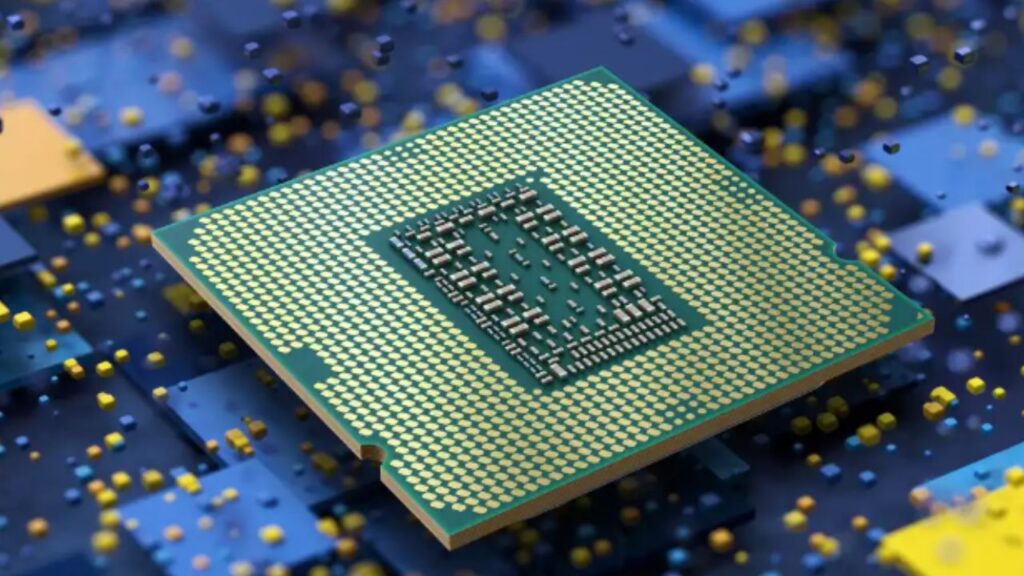Welcome, tech enthusiasts, to a guide that delves into the intricate world of multithreading! If you’ve ever wondered how many threads your system is juggling, you’re in the right place.
In this comprehensive how-to blog post, we’ll break down the concept of threads, explore their significance in the realm of technology, and guide you through the process of finding out just how many threads are running on your machine.
Let’s dive into the threads of technology together!
What Are Threads?
Threads represent the number of logical processors within your CPU, handling data processing tasks independently of the processor’s actual cores. Each core in a CPU will have at least one associated thread and CPUs equipped with simultaneous multithreading (SMT) can have two threads per core. Nowadays, the majority of CPUs come with SMT.
To determine whether a CPU features SMT, compare the number of threads to the number of cores. For example, a 2-core CPU with 2 threads does not have SMT, while a 4-core CPU with 8 threads does. Hyperthreading is another term for SMT, particularly used by Intel to describe their multi-threaded CPUs.
Understanding the thread count of a CPU serves as a reliable indicator of its multitasking capabilities. The more threads a CPU has, the better it is at efficiently handling multiple tasks simultaneously.
Step 1: Grasping the Basics of Threads
Before we go any further, let’s establish a foundational understanding of what threads are. In the context of computing, a thread is the smallest unit of execution within a process. Threads share resources such as memory space but can execute independently, allowing for concurrent operations.
Step 2: Discovering Thread Management Tools
Your operating system provides tools to monitor and manage threads. Familiarize yourself with these tools, such as Task Manager on Windows, Activity Monitor on macOS, or Top/htop on Linux. These tools offer insights into system resource usage, including thread activity.
Step 3: Navigating Task Manager (Windows)
For Windows users, open Task Manager by right-clicking on the taskbar and selecting “Task Manager.” Navigate to the “Processes” or “Details” tab, where you’ll find a list of running processes and their associated threads.
Step 4: Exploring Activity Monitor (macOS)
Mac users, open Activity Monitor by searching for it in Spotlight or finding it in the Utilities folder. In the “CPU” tab, you’ll find a list of active processes and their corresponding threads.
Step 5: Utilizing top/stop (Linux)
For Linux enthusiasts, open a terminal and type ‘top’ or ‘top’ to access real-time system information. Navigate through the displayed data to locate information about active threads.
Step 6: Monitoring Thread Activity
Now that you’ve identified the threads, observe their activity. Look for patterns, such as spikes in CPU usage, to understand how threads are utilized during different tasks or applications.
Step 7: Analyzing Thread Details
Dig deeper into thread details to understand their impact on system performance. Identify threads associated with resource-intensive processes and consider whether optimization or adjustments are needed.
Step 8: Using Thread Profiling Tools
For a more in-depth analysis, consider using thread profiling tools like Intel VTune Profiler or Java Mission Control. These tools provide advanced insights into thread behavior and performance bottlenecks.
Step 9: Optimizing Thread Performance
Armed with insights from monitoring and profiling, explore optimization strategies. This may involve adjusting thread priorities, optimizing code, or employing parallel computing techniques to enhance overall system performance.
Conclusion:
Congratulations, tech-savvy readers! You’ve successfully unraveled the mysteries of threads within your system. By understanding how many threads are running and optimizing their performance, you’re better equipped to harness the full potential of your technology. Keep exploring, keep optimizing, and may your threads always run smoothly in the vast landscape of digital possibilities!

